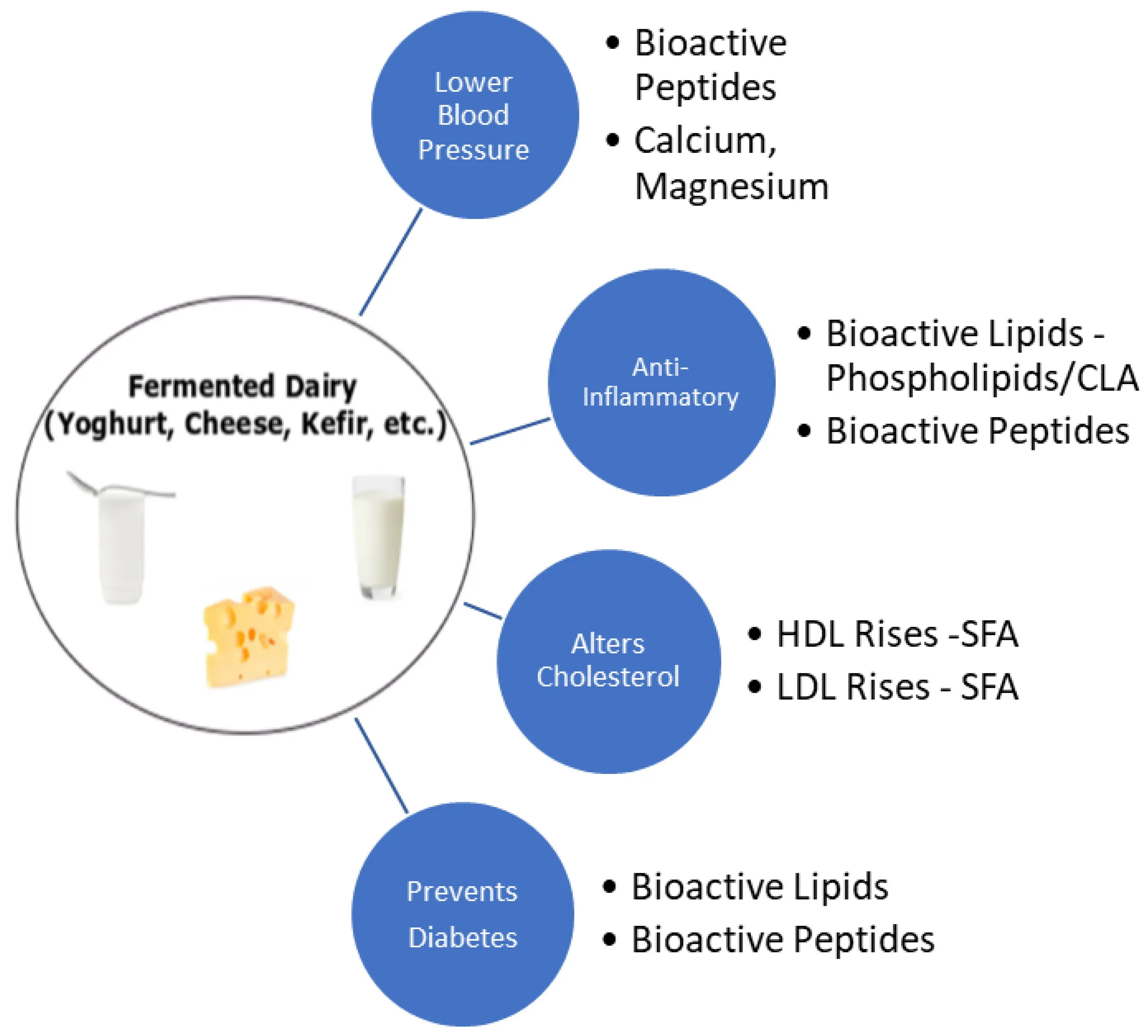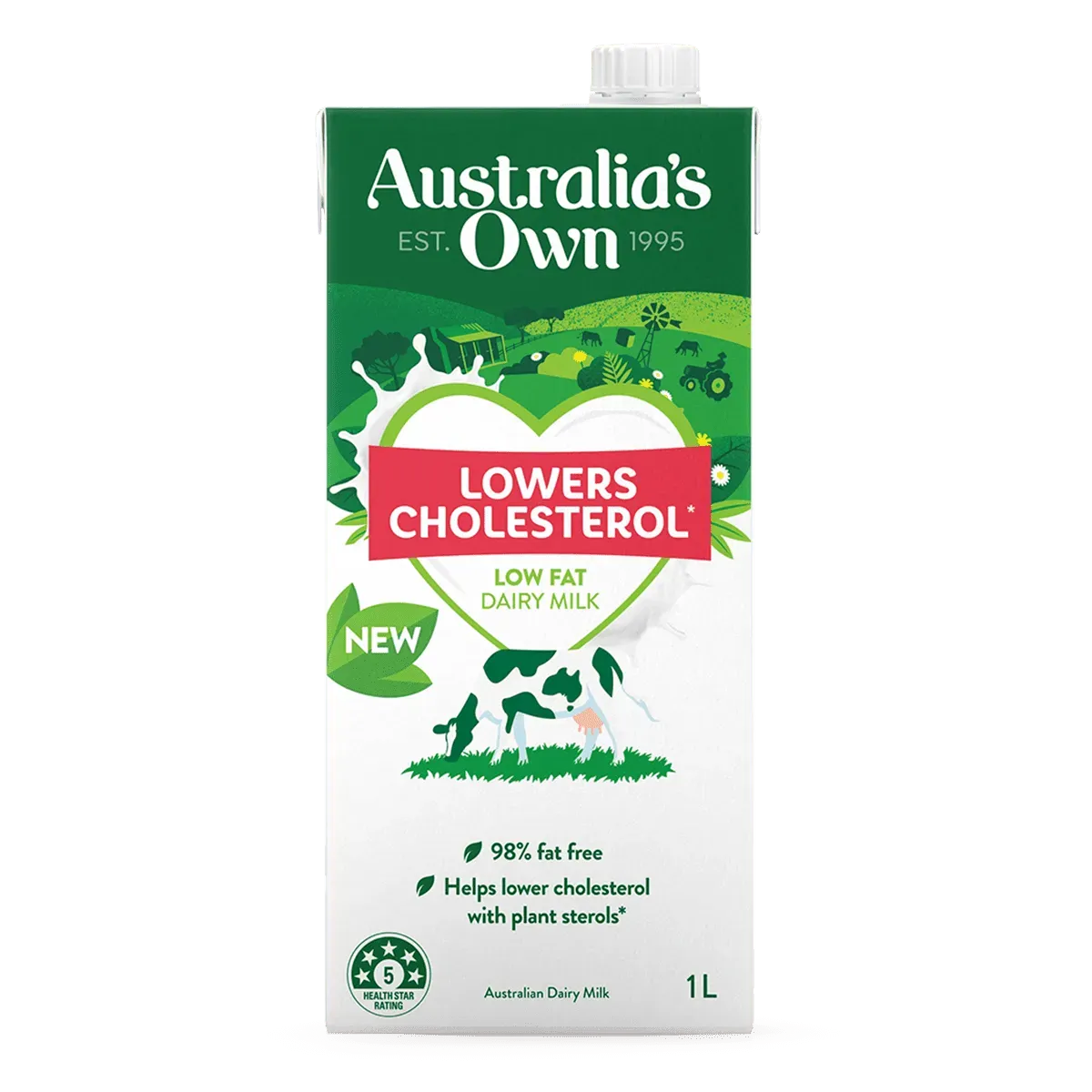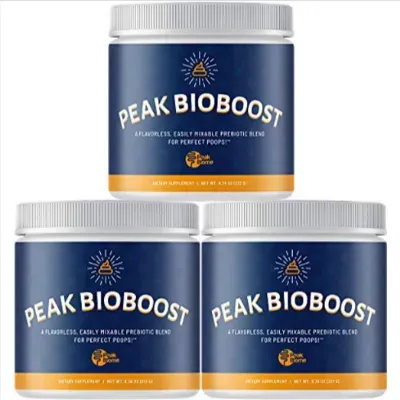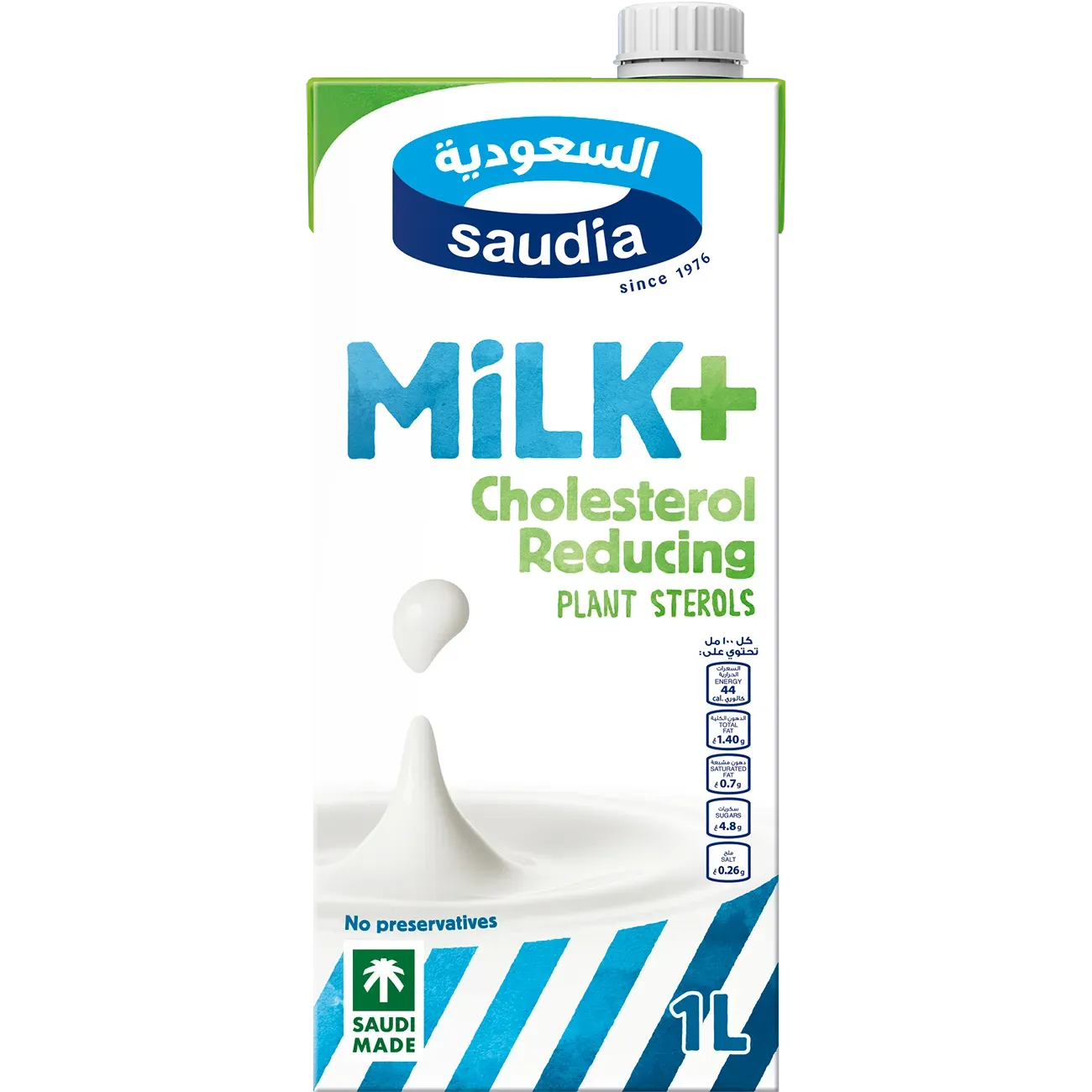Table of Contents
You’re standing in the dairy aisle, staring at a wall of options: whole milk, 2%, 1%, skim, almond, oat, soy... and the nagging thought pops up: what's all this doing to my cholesterol? It’s a fair question, fueled by decades of conflicting health advice and the persistent myth that dietary cholesterol is the primary villain. But the relationship between what you eat and your blood cholesterol levels is a bit more complicated than just counting milligrams of cholesterol in your food. Especially when it comes to something as common as milk.
What's the Real Deal with Milk, Fat, and Cholesterol?

What's the Real Deal with Milk, Fat, and Cholesterol?
Dietary Cholesterol Isn't the Whole Story
Let's clear something up right away. For decades, we were told that eating cholesterol-rich foods directly translated to high cholesterol in our blood. Eat eggs, eat shrimp, drink whole milk – boom, your arteries are clogged. The science isn't that simple, and frankly, it never really was for the majority of people.
Your liver is the primary cholesterol factory in your body. It churns out most of the cholesterol you need for things like making hormones and digesting food. When you eat foods high in dietary cholesterol, your liver often compensates by producing less. It's a feedback loop, not a one-to-one equation. So, while the cholesterol content in milk exists, it's usually not the main driver of your blood cholesterol levels.
Saturated Fat: The Real Dairy Dilemma
If dietary cholesterol isn't the main culprit for most folks, then what is? When we talk about milk's impact on cholesterol, the focus shifts squarely to saturated fat. Whole milk packs a significant amount of saturated fat. Your liver responds differently to saturated fat than it does to dietary cholesterol. Eating a lot of saturated fat tends to tell your liver to *keep* producing cholesterol, specifically the type we call LDL.
Think of it like this: dietary cholesterol is a guest your liver can sometimes turn away at the door if there are enough people inside already. Saturated fat? That's the relative who shows up and tells your liver to invite *everyone* over and throw a party, boosting production regardless of who's already there. This is where the conversation about choosing low fat milk and cholesterol levels gets interesting.
- Genetics (Your family history plays a big role)
- Overall diet (High intake of saturated and trans fats from *all* sources)
- Lack of physical activity
- Smoking
- Excess body weight
LDL vs. HDL: The Good, the Bad, and the Dairy
When doctors talk about cholesterol, they usually mean two main types: LDL (low-density lipoprotein) and HDL (high-density lipoprotein). LDL is often dubbed "bad" cholesterol because high levels can lead to plaque buildup in your arteries. HDL is the "good" guy; it helps carry cholesterol away from your arteries back to the liver for disposal.
The saturated fat in milk, particularly whole milk, has a pretty reliable track record of increasing LDL cholesterol. This is the primary reason health guidelines often suggest limiting saturated fat intake. While some studies indicate saturated fat might also slightly increase HDL, the increase in LDL is generally considered more concerning for heart health. So, the goal isn't zero cholesterol in your diet, but managing the types of fats you consume to keep that LDL in check.
Whole Milk vs. LowFat Milk vs. Skim: The Dairy Showdown

Whole Milk vs. LowFat Milk vs. Skim: The Dairy Showdown
Whole Milk vs. Low-Fat Milk vs. Skim: The Dairy Showdown
Alright, let's get down to the specifics of what's actually in the carton. When you look at whole milk, you're getting the full fat content – around 3.25%. This means more calories and, crucially, more saturated fat compared to its leaner counterparts. Remember our chat about saturated fat being the main driver of LDL cholesterol? This is where that hits home. Moving to 2% (reduced-fat) and 1% (low-fat) milk involves removing a significant portion of that fat. Skim milk, often called fat-free, has virtually all the fat removed. While the dietary cholesterol content also decreases as fat is removed, the primary difference impacting your blood cholesterol from these options boils down to the saturated fat reduction.
Milk Type (8 oz serving) | Total Fat (g) | Saturated Fat (g) | Cholesterol (mg) |
|---|---|---|---|
Whole Milk (3.25%) | 8 | 5 | 24 |
Reduced-Fat (2%) | 5 | 3 | 20 |
Low-Fat (1%) | 2.5 | 1.5 | 12 |
Skim/Fat-Free | 0.2 | 0.1 | 5 |
Beyond Cow's Milk: Low Fat Alternatives and Cholesterol

Beyond Cow's Milk: Low Fat Alternatives and Cholesterol
Why Go Beyond the Cow?
so cow's milk isn't the only liquid you can pour on your cereal or into your coffee anymore. Walk into any grocery store today, and you're hit with an explosion of options derived from nuts, grains, and legumes. People switch for all sorts of reasons: maybe a rumbling stomach from lactose intolerance, a diagnosed allergy, or just a general feeling that these plant-based options are somehow "healthier." And often, that "healthier" idea circles back to fat content and, you guessed it, cholesterol concerns.
Alternatives like almond milk, soy milk, oat milk, and rice milk have become mainstream. They offer different textures, flavors, and nutritional profiles. For many, they represent a way to enjoy a milk-like beverage without the saturated fat found in whole or even reduced-fat cow's milk. This is where the link between choosing a low fat milk and potentially influencing your cholesterol numbers comes into play, even if it's not traditional dairy.
Navigating the Non-Dairy Aisle and Your Lipids
Not all plant milks are created equal, especially when you're thinking about fat and cholesterol. Most are naturally free of dietary cholesterol because, well, plants don't have cholesterol. That's a win right off the bat. However, the fat content varies wildly. Almond milk is typically very low in fat, while some oat or soy milks can have a bit more, though usually less saturated fat than 2% cow's milk.
The real benefit for cholesterol-conscious folks often comes from what these alternatives *replace* in your diet. Swapping out a serving of whole milk (high in saturated fat) for an unsweetened almond milk (very low in saturated fat) is a straightforward way to reduce a key dietary component known to raise LDL. Just watch out for added sugars in flavored versions; those have their own set of health downsides that aren't great for overall metabolic health, which is linked to cholesterol.
- Almond Milk: Often lowest in calories and fat.
- Soy Milk: Contains protein, similar to cow's milk. Check for unsweetened to avoid sugar.
- Oat Milk: Creamier texture, can be higher in carbs. Fat content varies by brand.
- Rice Milk: Hypoallergenic, but often lower in protein and can be higher in carbs/sugar.
- Coconut Milk Beverage (the thin kind): Higher in saturated fat than other plant milks, though different type than dairy fat. Still, check the label if saturated fat is a concern.
Putting LowFat Milk and Cholesterol in Your Diet

Putting LowFat Milk and Cholesterol in Your Diet
Making the Swap: Why Low-Fat Matters
so you've seen the numbers. Whole milk brings more saturated fat to the party than its leaner cousins. If your doctor has flagged your LDL levels, or if heart health is a priority (and let's be honest, it should be), cutting back on saturated fat is a standard piece of advice. Swapping from whole milk to 1% or skim is one of the simplest dietary adjustments you can make. It's not a magic bullet, nobody's claiming that a glass of skim milk alone will fix a lifetime of questionable eating habits, but it's a concrete step in the right direction.
This isn't about deprivation; it's about making strategic choices. You still get the calcium, Vitamin D (often added), and protein that milk provides, but you significantly reduce the saturated fat load that directly impacts your liver's cholesterol production. It’s about optimizing your intake without giving up a familiar food entirely. Focusing on low fat milk and cholesterol management together means looking at the total fat picture, not just the tiny amount of cholesterol listed on the label.
Practical Ways to Pour Leaner
Integrating low-fat milk into your daily routine isn't exactly rocket science, but a few swaps can make a difference. Start with your morning cereal or coffee. If you're currently using whole milk, transition to 2% for a week, then try 1% or skim. Your taste buds adjust faster than you think, and often the difference is negligible in mixed items.
Think about how you use milk in recipes too. Many sauces, soups, and baked goods that call for milk work perfectly well with a lower-fat version. Sometimes skim milk can make things a little thinner, but 1% or 2% usually provides enough body. Don't forget smoothies; milk is a common base, and using a low-fat option keeps the saturated fat down while still delivering nutrients. It's about building habits that support your goals for low fat milk and cholesterol levels over time.
- Switch to skim or 1% milk for drinking.
- Use low-fat milk in coffee and tea.
- Substitute lower-fat milk in cooking and baking where possible.
- Opt for low-fat milk in smoothies and protein shakes.
- Check ingredient lists on processed foods containing milk powder – they often use whole milk solids.
Your LowFat Milk and Cholesterol Questions, Answered

Your LowFat Milk and Cholesterol Questions, Answered
But What About the Calcium and Vitamin D?
A common worry when switching to low-fat or skim milk is losing out on the good stuff like calcium and Vitamin D. Nobody wants weaker bones just to maybe nudge their LDL a bit. Here's the good news: the calcium and Vitamin D are primarily in the liquid part of the milk, not bound to the fat. So, when the fat is removed to make 1% or skim milk, those crucial nutrients largely remain. In fact, most milk, regardless of fat content, is fortified with Vitamin D anyway, meaning it's added in during processing. You're getting the bone-building benefits without the extra saturated fat that impacts your cholesterol. It’s a win-win on the nutrient front.
Think of it this way: you're pouring out some of the stuff that *could* raise your LDL, but keeping the essentials your body needs for other functions. This is a key part of the argument for choosing low fat milk and cholesterol management; you don't have to sacrifice nutrition to make a heart-healthier choice regarding saturated fat intake.
Does Organic or Grass-Fed Change the Cholesterol Game?
Another question that pops up is whether fancy milk – organic, grass-fed, and all the variations – makes a difference for cholesterol. Nutritionally, when you strip away the fat, the differences related to cholesterol impact become pretty minimal. The saturated fat content in organic or grass-fed whole milk is still comparable to conventional whole milk. While these types of milk might offer other benefits, like different fatty acid profiles (sometimes slightly higher in omega-3s in grass-fed), the primary driver of LDL cholesterol from dairy fat is still the saturated fat content.
So, if your main goal is managing cholesterol via dietary fat reduction, focusing on the fat percentage (skim, 1%, 2%) is generally more impactful than whether the cow was organic or ate grass. Choose those options for other reasons if they're important to you, but don't assume they magically make the saturated fat disappear or negate its effect on your lipid levels. Your LowFat Milk and Cholesterol Questions, Answered often circle back to this core principle: it's the fat percentage that matters most for cholesterol impact.
- Low-fat milk maintains calcium and Vitamin D levels.
- Organic/grass-fed milk fat still contains saturated fat impacting LDL.
- The fat percentage (skim, 1%) is key for cholesterol impact, not production method.
Making Your Milk Call on Cholesterol
So, where does all this leave you standing by the fridge? The take-home message isn't that milk is inherently bad, or that a splash of whole milk will instantly clog your arteries. For most people, the cholesterol you eat has less impact on your blood cholesterol than the saturated and trans fats in your diet. That's why focusing on the fat content, particularly saturated fat, in your milk choice makes more sense than obsessing over the minimal dietary cholesterol.
Whole milk packs the most saturated fat punch, while 1%, 2%, and especially skim milk significantly reduce that load. Non-dairy alternatives like almond, oat, or soy milk offer different fat profiles entirely, often lower in saturated fat, though nutritional content varies wildly between brands and types. Your best bet depends on your overall diet, your personal health markers, and what you actually enjoy drinking. If you're managing high cholesterol or heart disease, opting for lower-fat dairy or non-dairy options is a straightforward way to cut down on saturated fat without ditching milk altogether. It's about informed choices, not dietary dogma.
